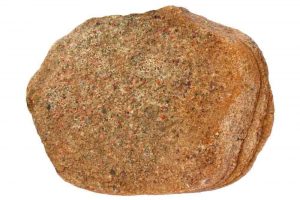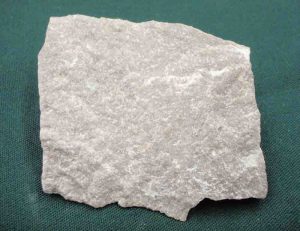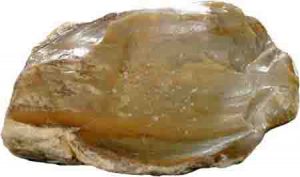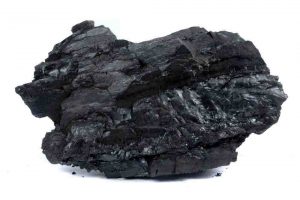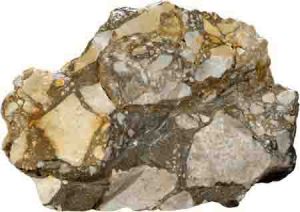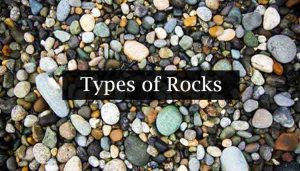
Types of Rocks
Geologists classify rocks into three main groups: igneous rock, sedimentary rock, and metamorphic rock. Metamorphic Rock is formed by heat and pressure from other rocks. Depending on how the rock formed, rocks can be igneous, sedimentary, or metamorphic.
Igneous Rock
Igneous rock, or magmatic rock, is one of the three main rock types.
Igneous rock is formed by magma or lava cooling and solidifying. In either the mantle or crust of a planet, the magma can be derived from partial melts of existing rocks.
The melting is typically caused by one or more of three processes: temperature increases, pressure decreases, or composition changes. Rock solidification occurs either as intrusive rocks below the surface or as extrusive rocks on the surface. Igneous rock can form granular, crystalline rocks with crystallization or form natural glasses without crystallization.
There are two basic types:
Intrusive igneous rocks crystallize below Earth’s surface, and the slow cooling that occurs there allows large crystals to form. Examples of intrusive igneous rocks are diorite, gabbro, granite, pegmatite, and peridotite.
Extrusive igneous rocks erupt onto the surface, where they cool quickly to form small crystals. Some cool so quickly that they form an amorphous glass. These rocks include andesite, basalt, obsidian, pumice, rhyolite, scoria, and tuff.
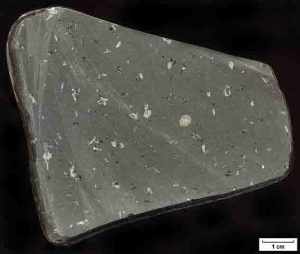
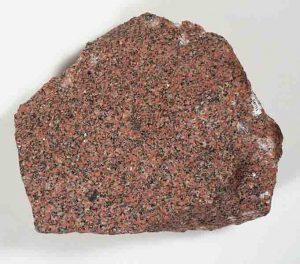
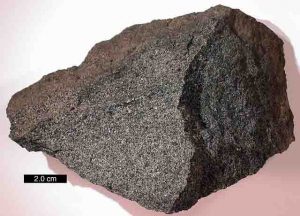
Metamorphic Rock
Metamorphic rocks arise from the transformation of existing rock types, in a process called metamorphism, which means “change in form”.
The original rock (protolith) is subjected to heat and pressure causing profound physical and/or chemical change. The protolith may be a sedimentary rock, an igneous rock or another older metamorphic rock.
Metamorphic rocks make up a large part of the Earth’s crust and form 12% of the Earth’s current land surface. They are classified by texture and by chemical and mineral assemblage (metamorphic facies). They may be formed simply by being deep beneath the Earth’s surface, subjected to high temperatures and the great pressure of the rock layers above it. They can form from tectonic processes such as continental collisions, which cause horizontal pressure, friction and distortion. They are also formed when rock is heated up by the intrusion of hot molten rock called magma from the Earth’s interior.
There are two basic types of metamorphic rocks:
Foliated metamorphic rocks such as gneiss, phyllite, schist, and slate have a layered or banded appearance that is produced by exposure to heat and directed pressure.
Non-foliated metamorphic rocks such as hornfels, marble, quartzite, and novaculite do not have a layered or banded appearance.
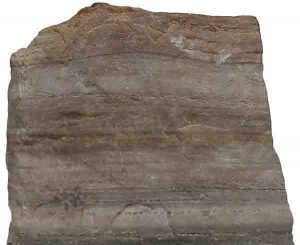
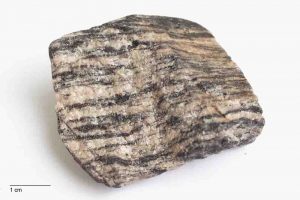
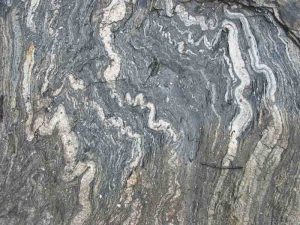
Sedimentary Rock
Sedimentary rock is one of the three main rock groups (along with igneous and metamorphic rocks) and is formed in four main ways: by the deposition of the weathered remains of other rocks (known as ‘clastic’ sedimentary rocks); by the accumulation and the consolidation of sediments; by the deposition of the results of biogenic activity; and by precipitation from solution.
Sedimentary rocks include common types such as chalk, limestone, sandstone, clay and shale.
Sedimentary rocks cover 75% of the Earth’s surface.
Four basic processes are involved in the formation of a clastic sedimentary rock: weathering (erosion)caused mainly by friction of waves, transportation where the sediment is carried along by a current, deposition and compaction where the sediment is squashed together to form a rock of this kind.
Sedimentary rocks are formed from overburden pressure as particles of sediment are deposited out of air, ice, or water flows carrying the particles in suspension.
As sediment deposition builds up, the overburden (or ‘lithostatic’) pressure squeezes the sediment into layered solids in a process known as lithification (‘rock formation’) and the original connate fluids are expelled.
The term diagenesis is used to describe all the chemical, physical, and biological changes, including cementation, undergone by a sediment after its initial deposition and during and after its lithification, exclusive of surface weathering.
There are three basic types of sedimentary rocks:
Clastic sedimentary rocks such as breccia, conglomerate, sandstone, siltstone, and shale are formed from mechanical weathering debris.
Chemical sedimentary rocks such as rock salt, iron ore, chert, flint, some dolomites, and some limestones, form when dissolved materials precipitate from solution.
Organic sedimentary rocks such as coal, some dolomites, and some limestones, form from the accumulation of plant or animal debris.
